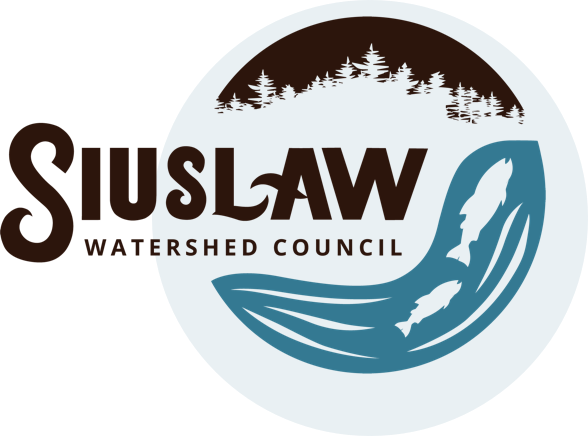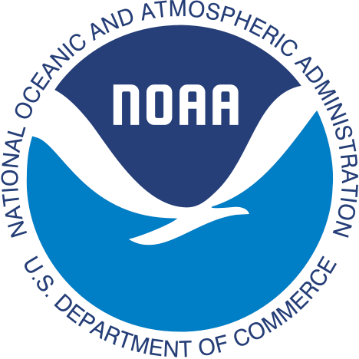Ana Hernandez, Fisheries Biologist with the Siuslaw National Forest
Restoring a River Valley with the Siuslaw National Forest
The Siuslaw and Coastal Lakes watersheds are made up of hundreds of parcels of lands, some stewarded by the Siuslaw National Forest and Bureau of Land Management. One of these public land parcels is at the confluence of Bell and Fivemile Creeks, the largest tributary that feeds Tahkenitch Lake just south of Florence, and the site of a large-scale restoration project.
Ana Hernandez, a Fisheries Biologist with the Siuslaw National Forest, gives a rare look at the challenges of on-the-ground restoration happening at Fivemile Bell.
Once a dairy farm, the Fivemile Bell site was purchased by the Western Rivers Conservancy and sold to the Siuslaw National Forest. Prior to restoration, the stream had been channelized and straightened, decreasing available habitat for aquatic species. Now, with the help of many partners, Fivemile Bell is being returned to a vibrant, working stream system and floodplain.
A whole valley, “Stage 0” restoration, the 112-acre Fivemile Bell project is focused on restoring watershed function and floodplain connection. Over the course of 10 years (2012 to 2022) the project will reconstruct 4.5 miles of stream, install 5 miles of large wood placement, re-grade and restore 112 acres of valley bottom with native plants, and decommission 6 miles of road.
Ana is leading the effort to relocate aquatic species from the stream channel where work is ongoing, safely moving them to newly restored habitat elsewhere in the channel. It’s through efforts like these that the abundance of life on public lands in our watershed will thrive well into the future, and be accessible to all, for generations to enjoy.
Fivemile Bell is an effort truly exemplary of a partnership project involving the Siuslaw Watershed Council, Siuslaw National Forest, Siuslaw Institute, the Elkton Community Education Center, Oregon Watershed Enhancement Board, Western Rivers Conservancy, Confederated Tribes of the Coos, Lower Umpqua and Siuslaw Indians, Confederated Tribes of the Siletz Indians, National Oceanic and Atmospheric Administration, Pacific Coast Salmon Recovery Fund, United States Fish and Wildlife Service, Oregon Department of Fish and Wildlife, National Fish and Wildlife Foundation, Umpqua Soil and Water Conservation District, Local Contractors and Native Plant Nurseries and of course dedicated project volunteers.


